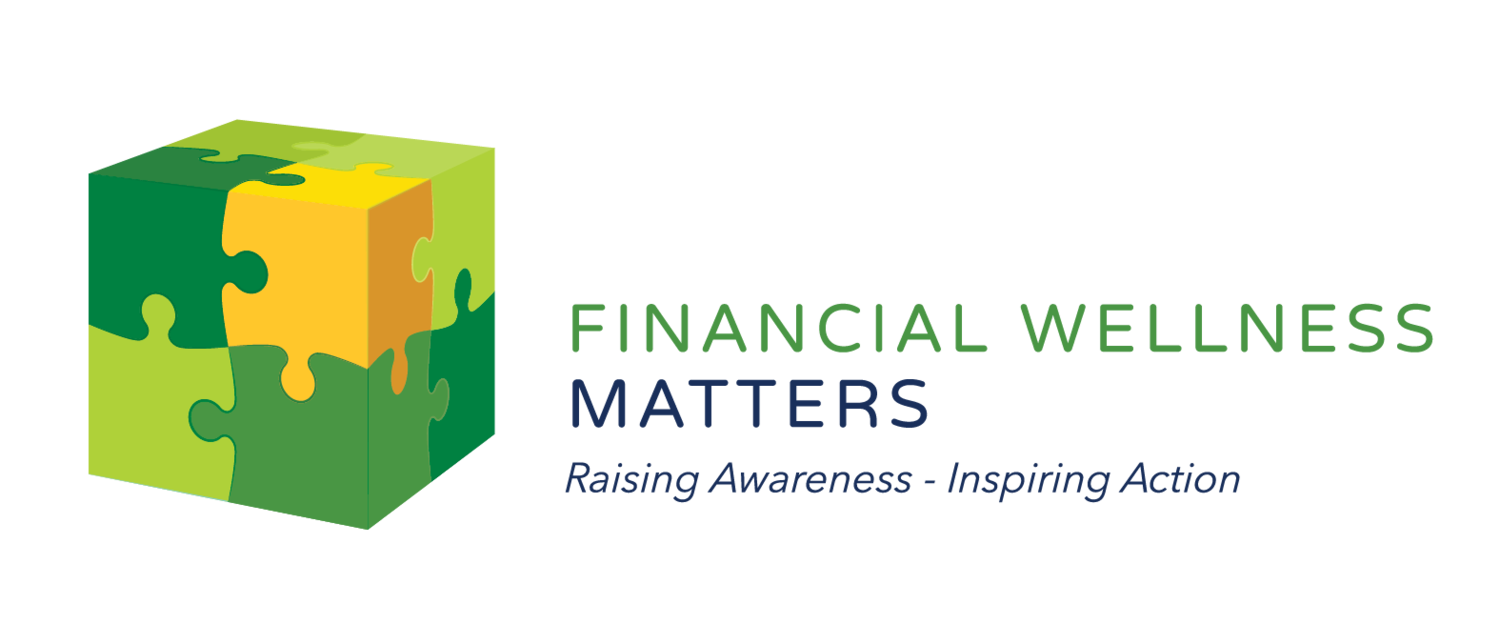Mind The Gap - Cost of Living Pressures Driving a Wedge Between Employees and Their Employers
- By Darren Smith
There are very few employers and employees who have not felt the increased pressures of cost of living or cost to serve. From an employer perspective, a tight labour market, a hybrid working environment, disconnected employees, and increased expectations around remuneration have increased the tension in the relationship.
From an employee perspective, the natural first point of call for cost-of-living relief is their biggest source of income, their employer in most cases.
The gap in alignment/discontent between this working relationship is increasing and potentially getting out of sync.
There are several questions to consider:
Despite good intentions, have we reached a point where we are out of sync with each other’s primary needs? If so, for each group, what are those primary needs?
For the employee – Feeding my family/having a reasonable work life balance and not having to work more than one job… workplace flexibility.
For the employer – Getting a fair day’s effort and productivity for fair reward. Delivering constant and valued service to customers.
Have employee expectations become disconnected with business viability?
If it has gotten out of sync and for a prolonged period, what are the consequences?
It is inevitable that the relationship starts to break down, and we experience a journey of disconnection, disinterest, disregard, disrespect, disappointment, dislike, and finally, disdain.
Business leaders don’t achieve the results they want and neither do the individuals. People leave or they lose their jobs.
If we acknowledge there is a gap, what can be done to close the gap?
Financial wellbeing, coaching, and leveraging the purchasing power of the employers as a buying group is a very strong lever which can create greater alignment and lead to stronger engagement.
But is alignment and employee engagement the same thing or are they different?
A = Top Down
E = Bottom Up
Alignment is all about connection between the business strategy and its execution. When aligned, we can move more quickly, and we tend to work together to get more done. If we are not aligned or engaged, then the execution is not going to be sustainable. It tends to be driven from the top down.
Employee engagement is about thinking and feeling positively towards the organisation and therefore we will put in the discretionary efforts. Engaged team members tend to work harder, stay longer, and have a positive impact on those around them within the workplace. They advocate and put in discretionary efforts.
Alignment + employee engagement = high performance
How do we get the right equilibrium where the sustainability of the organisation is balanced with the sustainability of the individual and their family’s lifestyle?
Without doubt, a part of the solution is focusing on what support an organisation can provide to help employees manage through the cost-of-living crisis. The support differs from organisation to organisation, but some of the areas include:
Remuneration review
Work flexibility
Time – create the space
Kudos or staff reward and recognition – small vouchers, etc.
Remuneration flexibility/salary packaging
Negotiated discounts with suppliers on typical household expenses
Access to financial counselling and crisis support
Access to financial education in group or peer sessions
Access to 1 on 1 coaching with financial experts or coaches
Peer support networks
Supporting family members with the same
Relationship support
In simple terms, many of these things are about helping an employee achieving what is important to them and their families. By focusing on this benefit, we are generating additional trust and loyalty.
